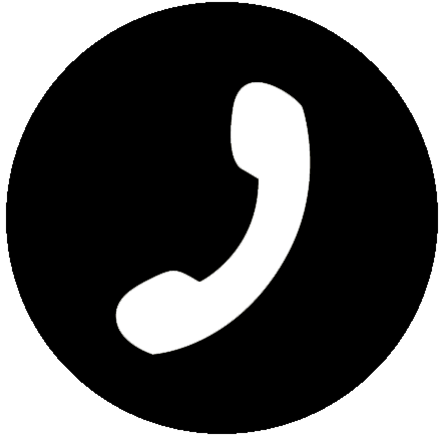Hair Types
Posted on 2nd April 2020 at 16:21
Types of Hair
Having addressed the types of bases for our Hair Replacement systems in a previous KA Hair Solutions’ Blog, this time we’re going to talk about Hair Types.
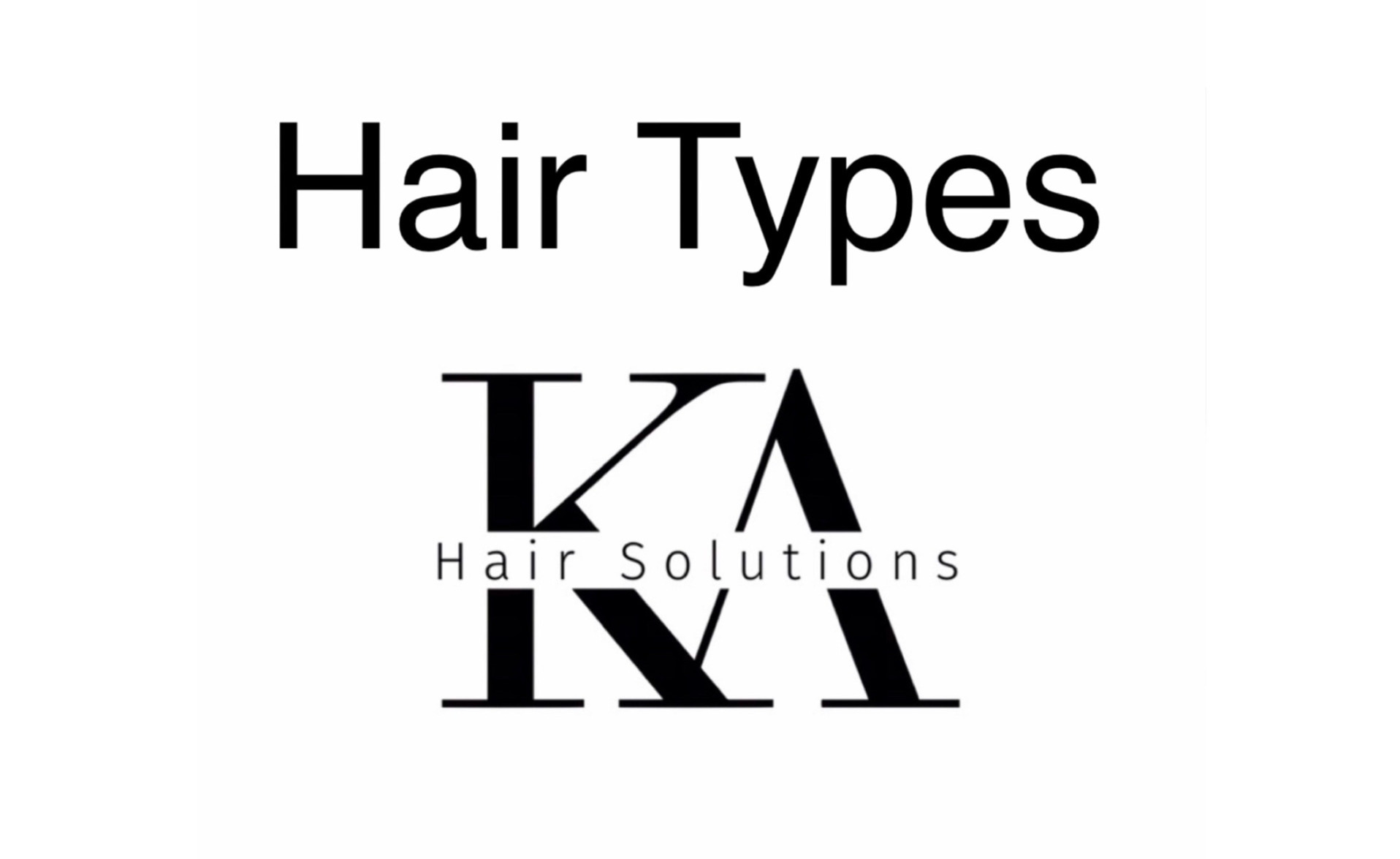
For hair replacement systems, there are usually three types of hair used:
Synthetic Fibre Hair
Real human hair - Remy hair, Non-Remy hair
Virgin hair
Most popular real hair types: Chinese hair, Indian hair and European hair.
European hair is the softest and finest among all hair types.
Each type of hair has its own characteristics. European hair, for example, is very soft and thin so it is not suitable for extra processing since dyeing and bleaching will damage the hair. Chinese hair, on the other hand, is stiffer and thicker so it can be dyed, bleached or curled. It can also create a lift-effect of the hair on the base.
Synthetic Hair
Synthetic hair is largely made from modacrylic fibres that look and feel like real hair.
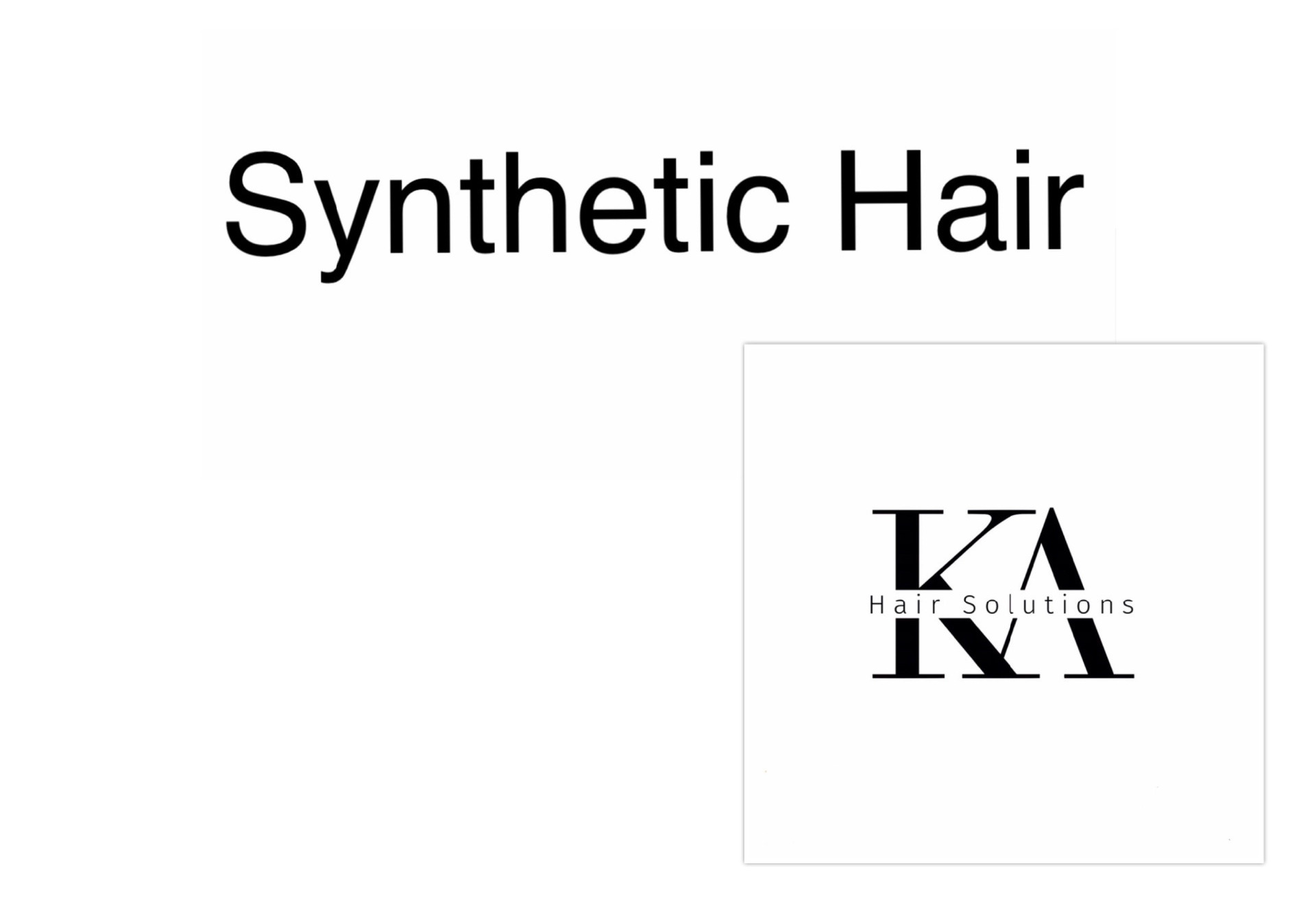
As the hair is manufactured, it comes in a wide range of types from shiny or matte and soft or coarse.
It requires very little maintenance as it does not need much, if any, styling after washing. You might only need to run your fingers through it!
The crucial thing to remember with synthetic hair is to avoid heat sources, even an open oven can damage synthetic hair.
Synthetic hair can also be damaged by friction, such as from your pillow at night when you’re sleeping or from wearing hats, helmets. When looked after correctly, a synthetic hair replacement system should last more then 1 year.
Real Hair
When hair replacement systems are made with Non-Remy natural human hair, most common hair types used are Indian hair and Chinese hair. The difference between Non-Remy Hair and Remy Hair is the initial treatment that they receive.
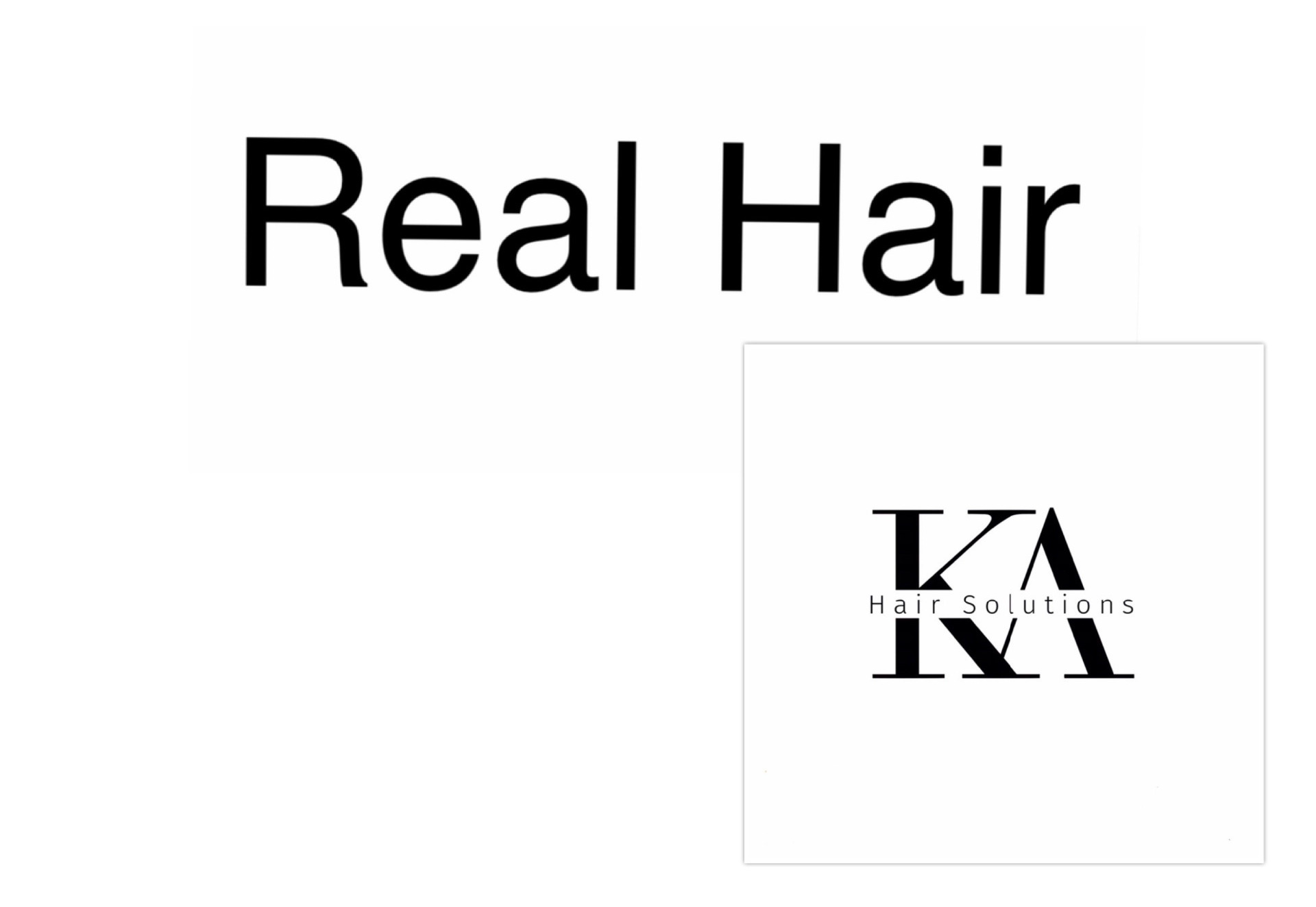
Non-Remy Hair is human hair tat is collected from multiple sources. As human hair have cuticles, that’s means that they tangle.
In order to prevent tangling, they have to go through a heavy acid treatment to remove the cuticles. Once finished the hair is coated in silicone to make it feel healthy again. This way, even with different hair direction, the hair will not tangle.
After this, the hair is attached to a base. If the hair is attached to a thin and natural base, then it won’t last a long time. Therefore, if the hair piece needs to last over 6 months then it is better to choose healthier hair and a stronger base.
Virgin Hair
Virgin hair and Remy hair are very similar as they are both high quality human hair. However, the difference is how they are processed.
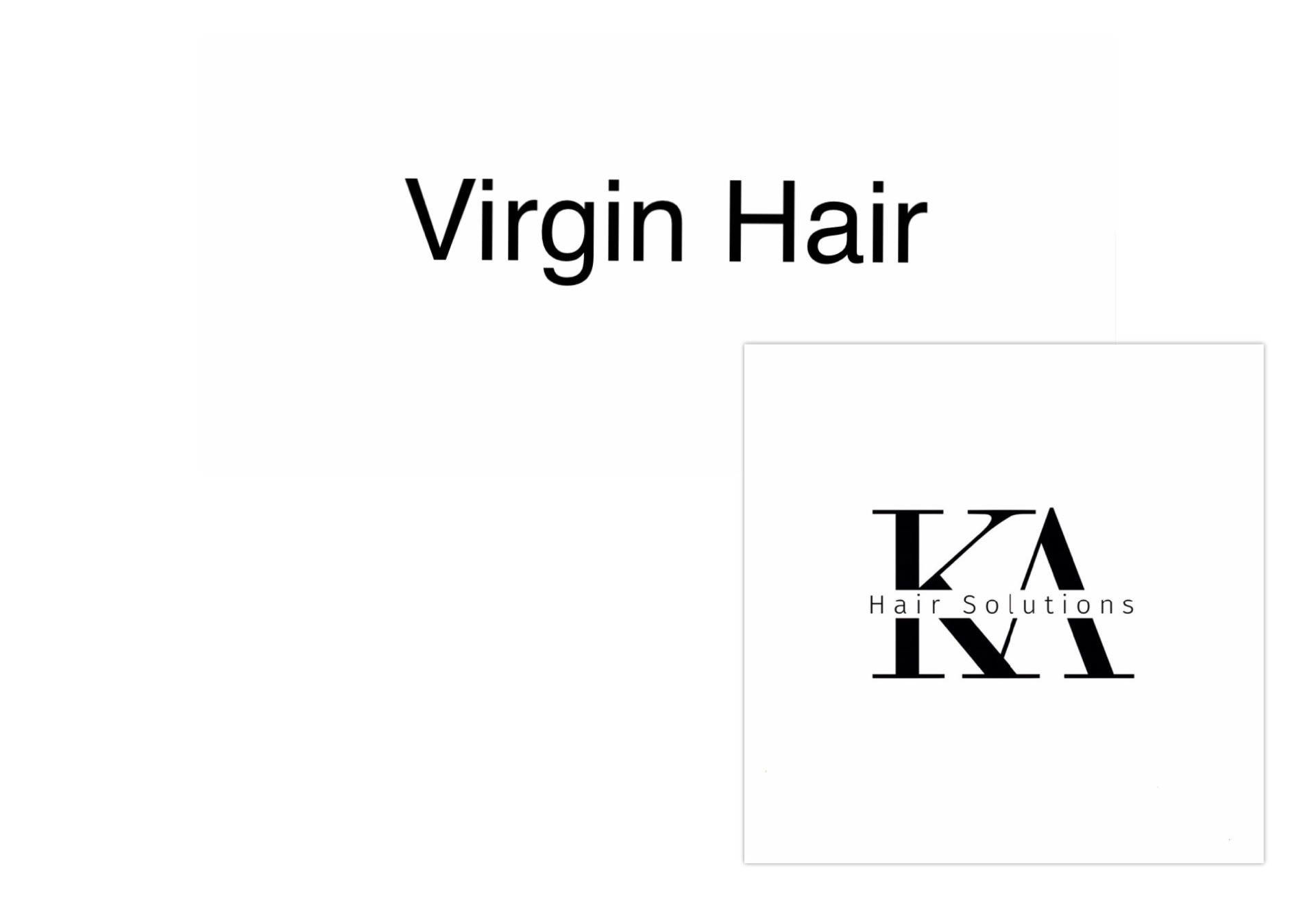
Remy hair is human hair that is collected from one source or donor in a way that will ensure that all of the hair cuticles stay in the same direction.
The cuticles are intact and aligned in one direction. Remy hair contains some short hairs and will have a natural taper at the end that gives the end user a very natural looking hairstyle.
Whereas Virgin hair is non-permed, non-coloured and non-processed.
Once one of those treatments has been completed, it is no longer virgin hair as the cuticle is no longer intact.
Virgin hair is knotted on to a hair replacement system base and after basic wash is completed.
It is the healthiest and strongest of the hair types used for hair replacement systems.
To find out more about hair replacement systems, give us a call on 01 555 2903 or fill in the contact form below, so that we can arrange a discreet, no obligation consultation.
Tagged as: Hair Replacement System, Hair Systems
Share this post:
